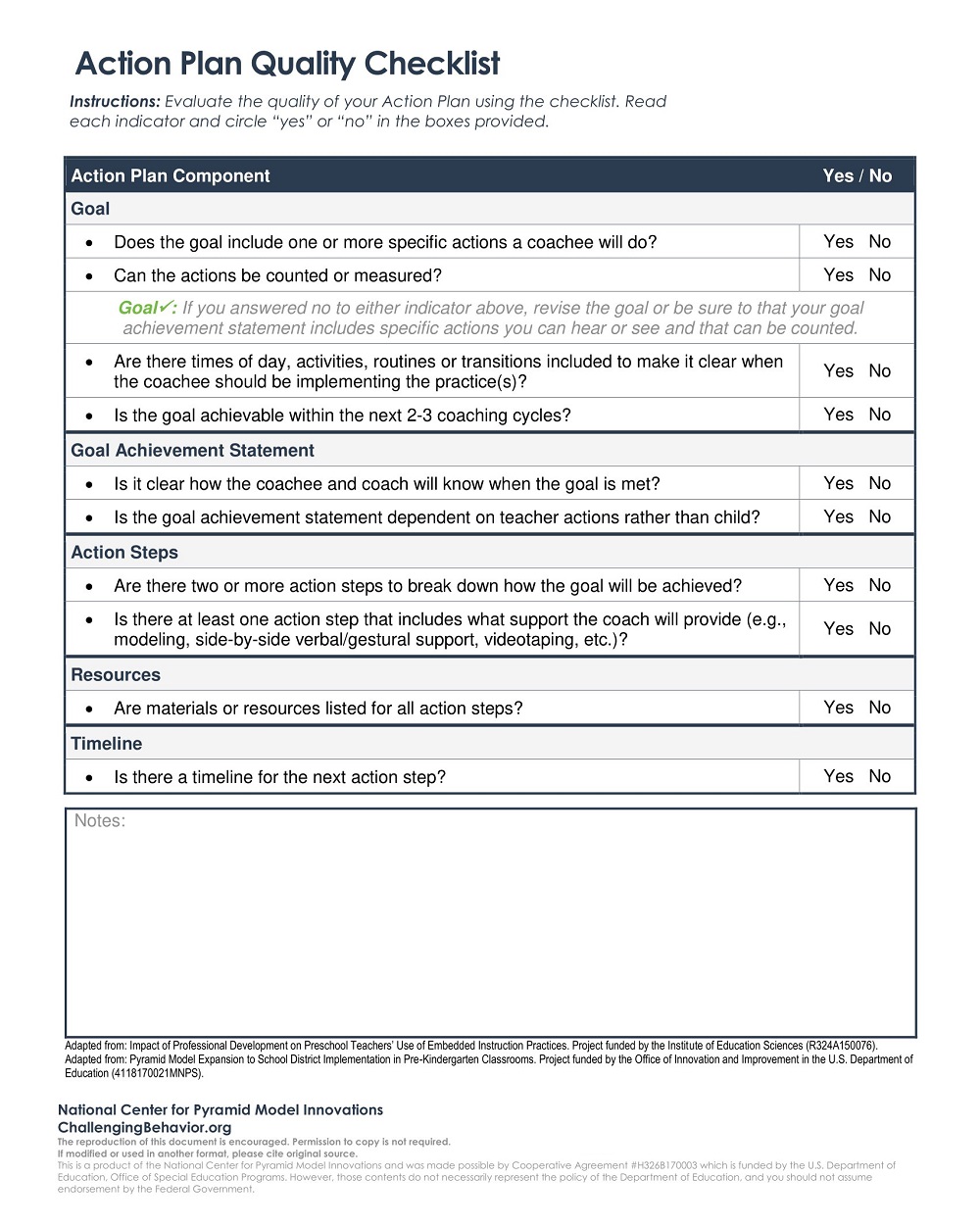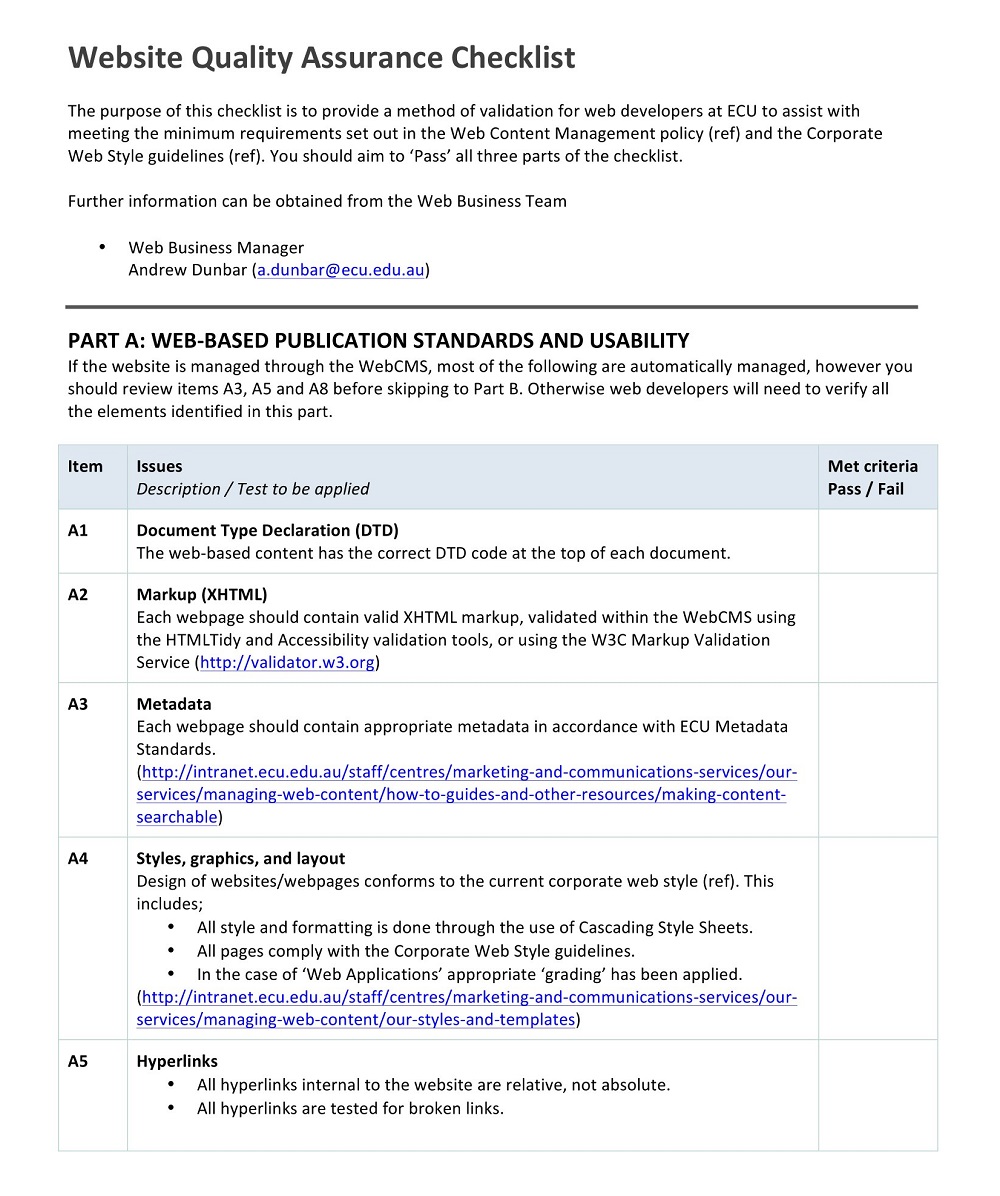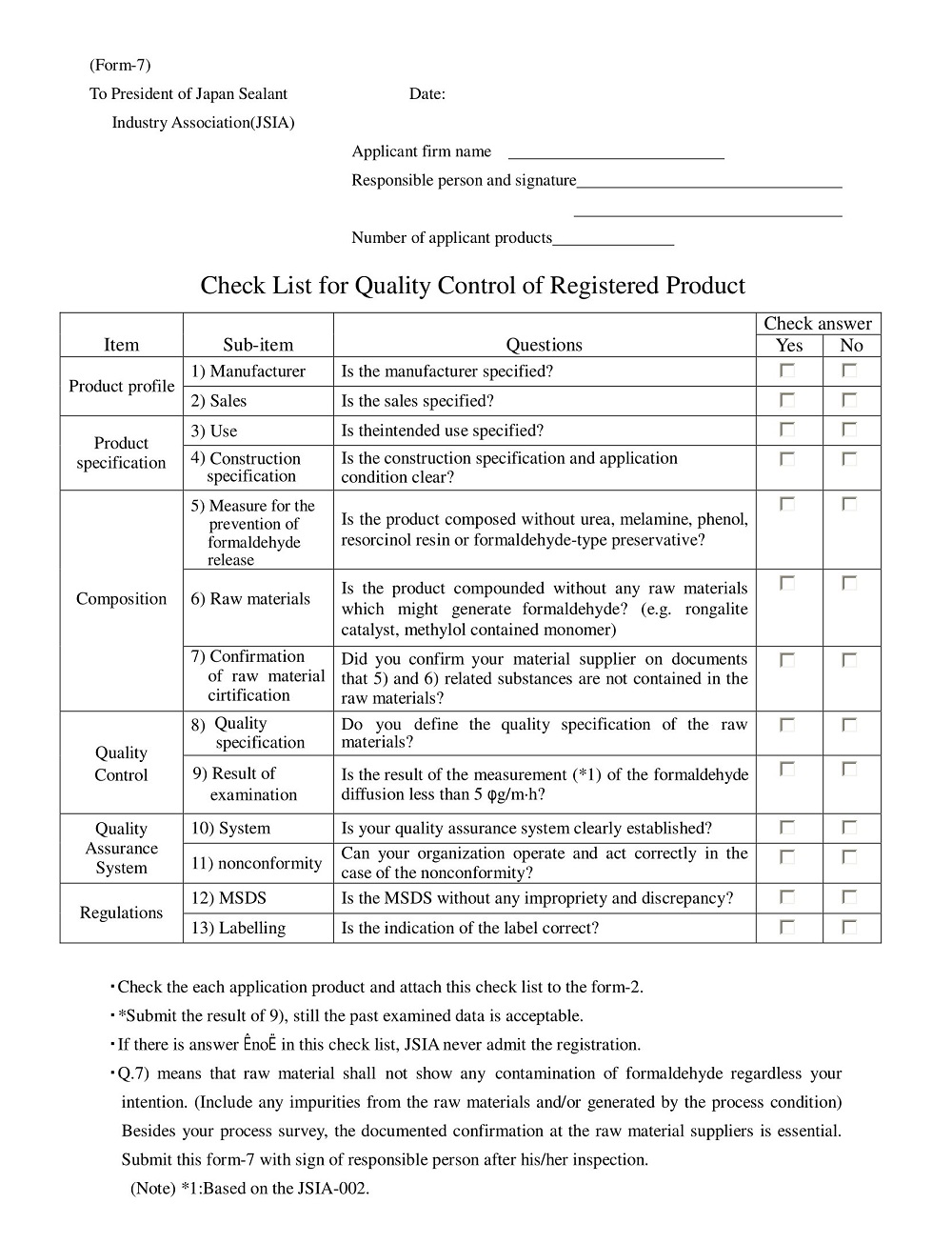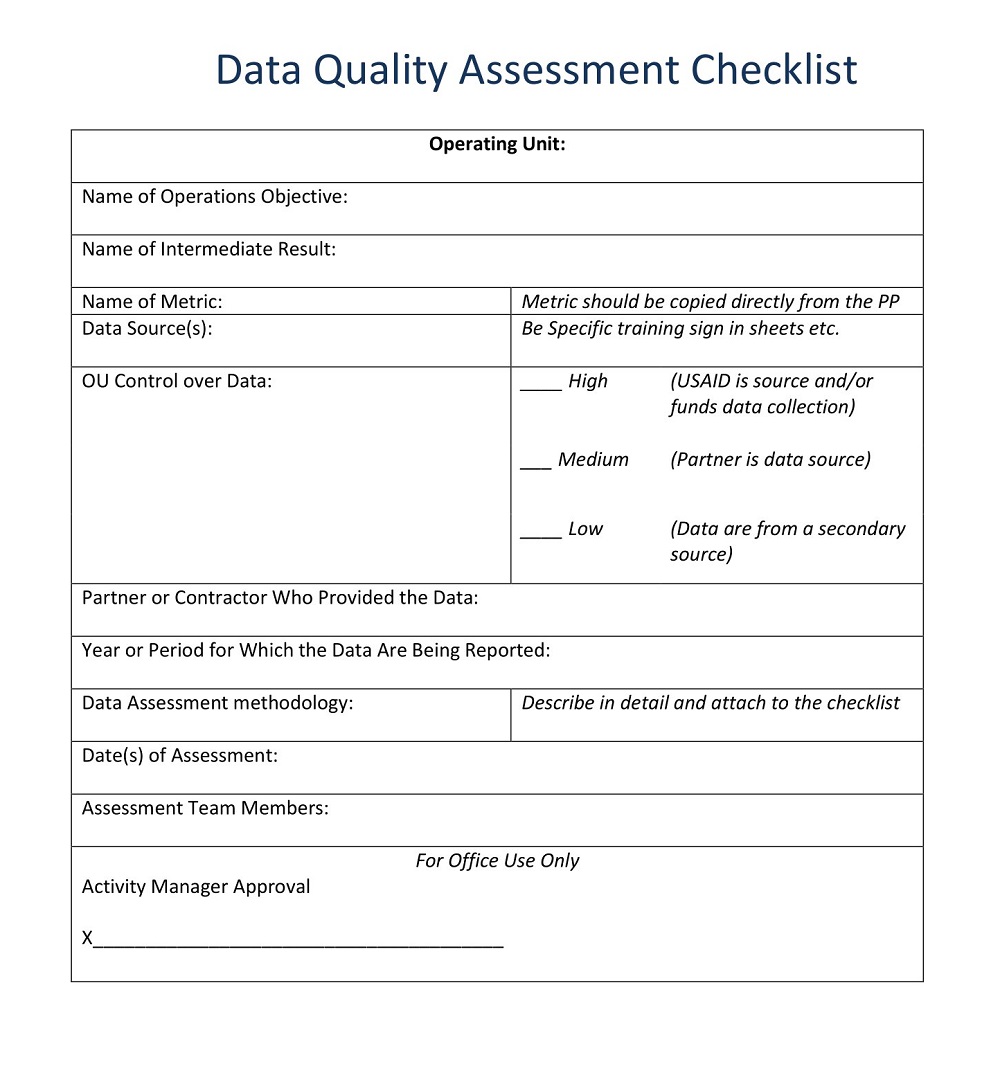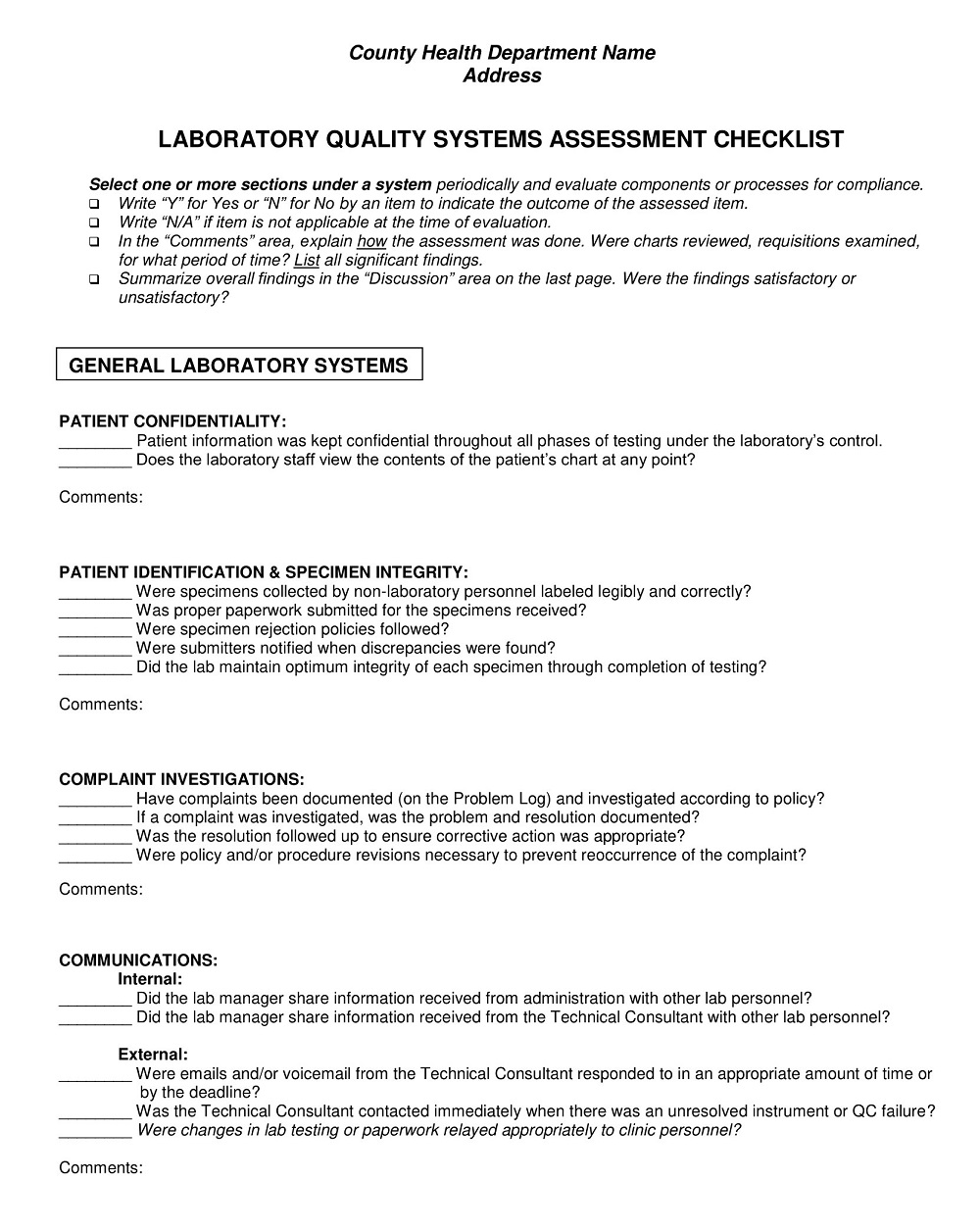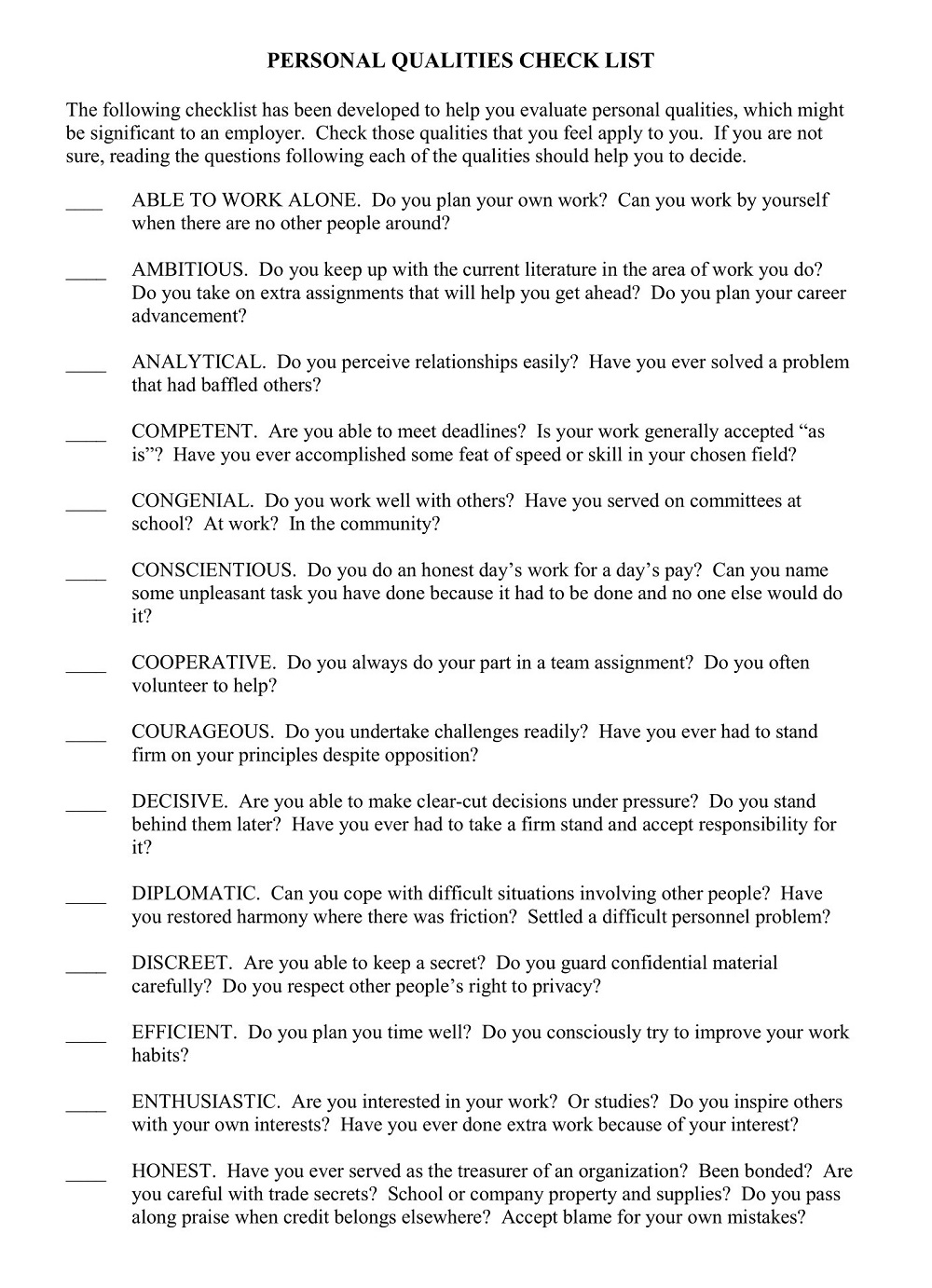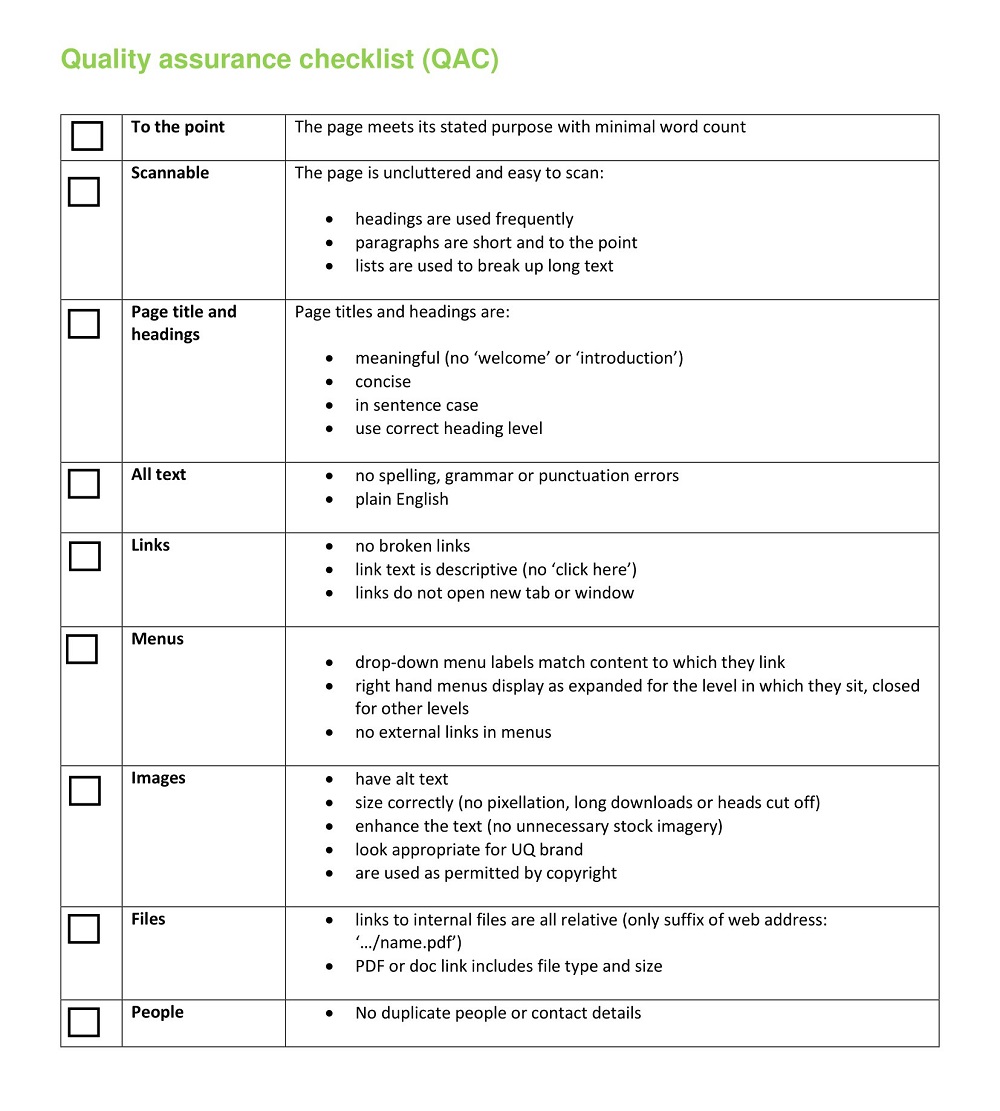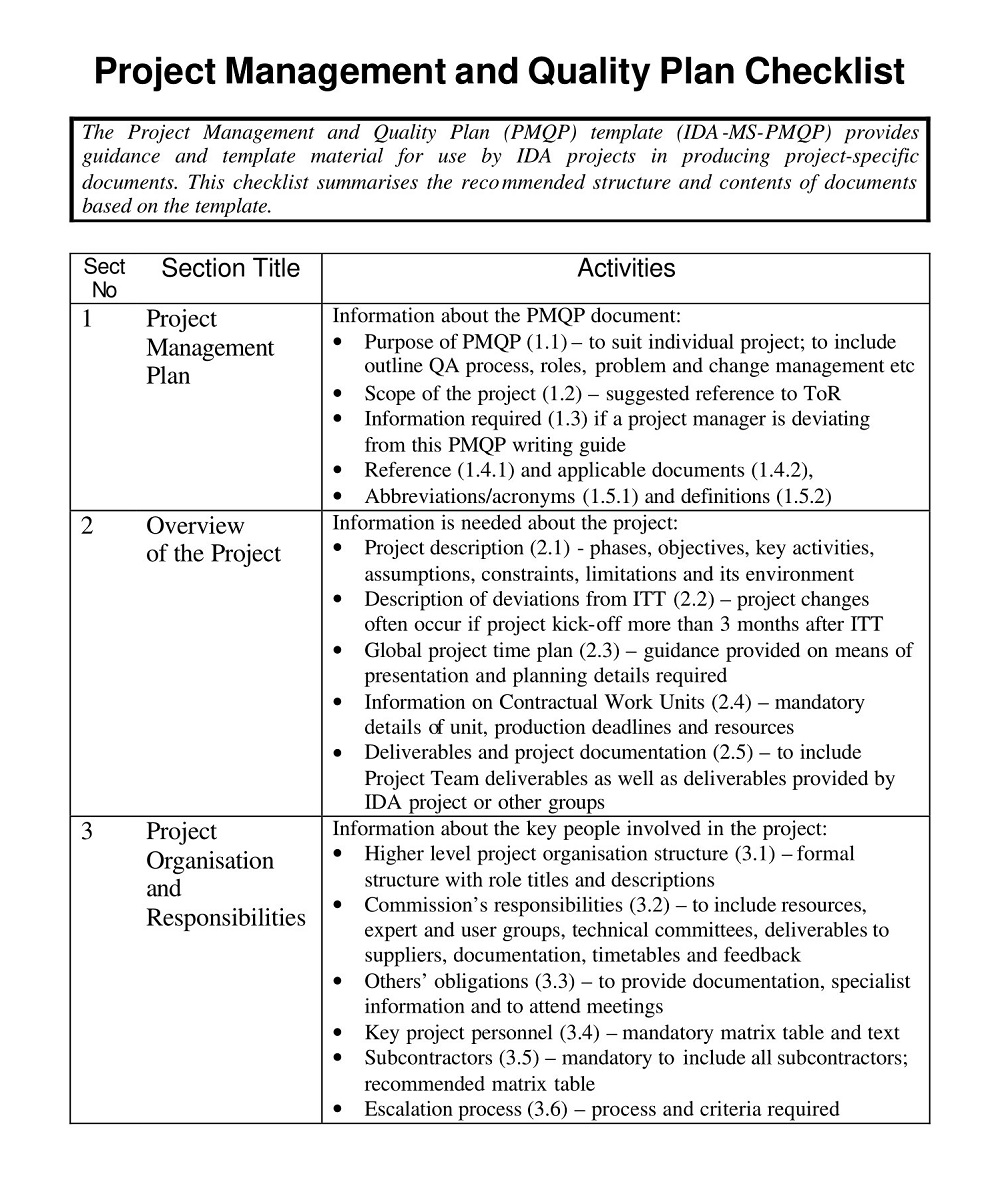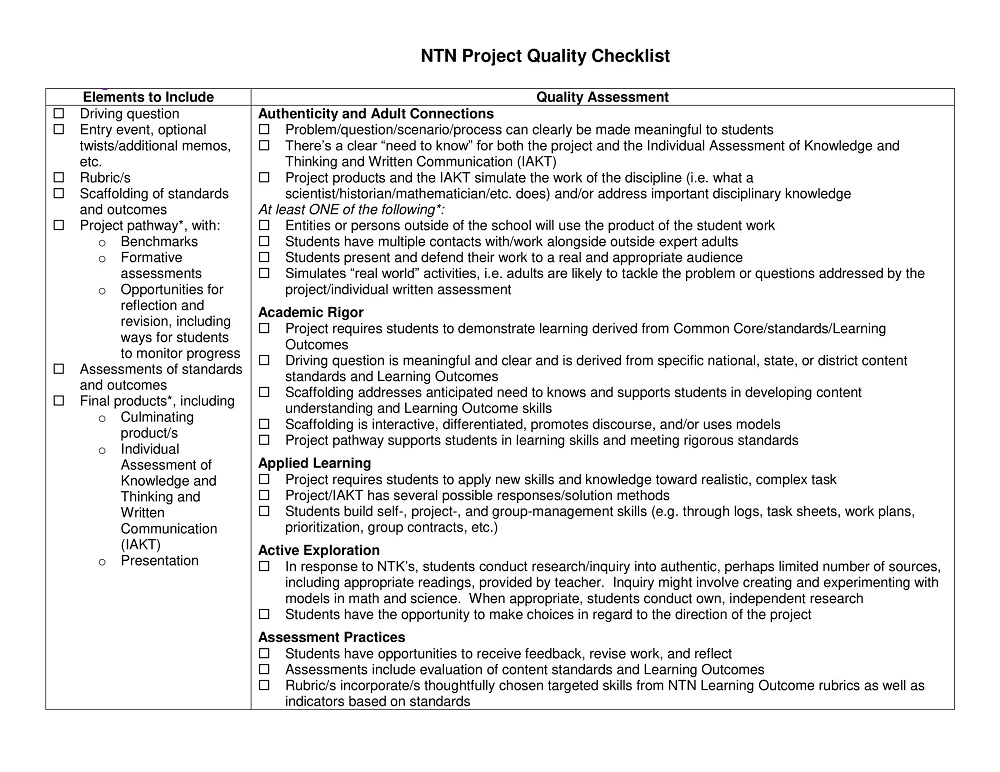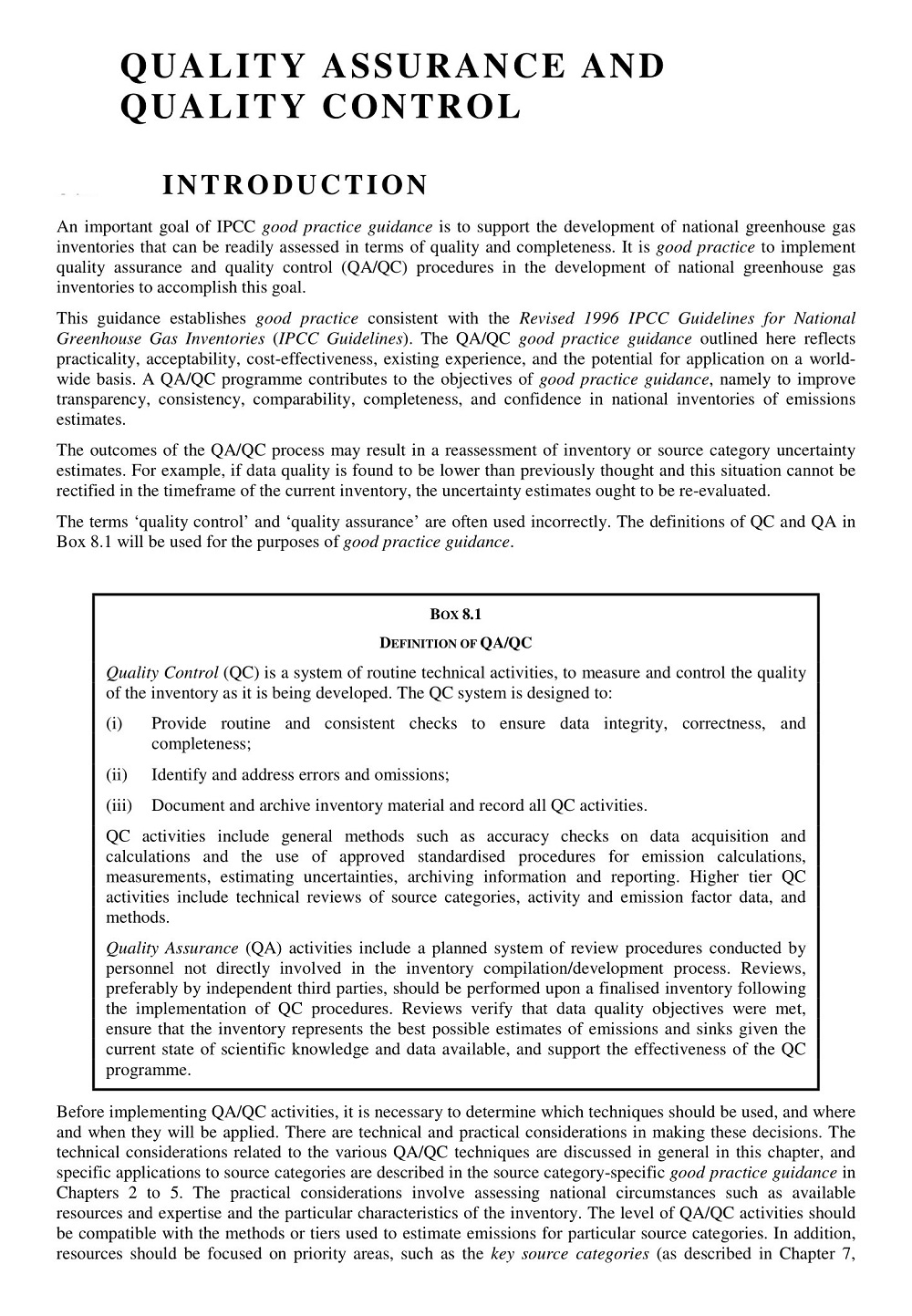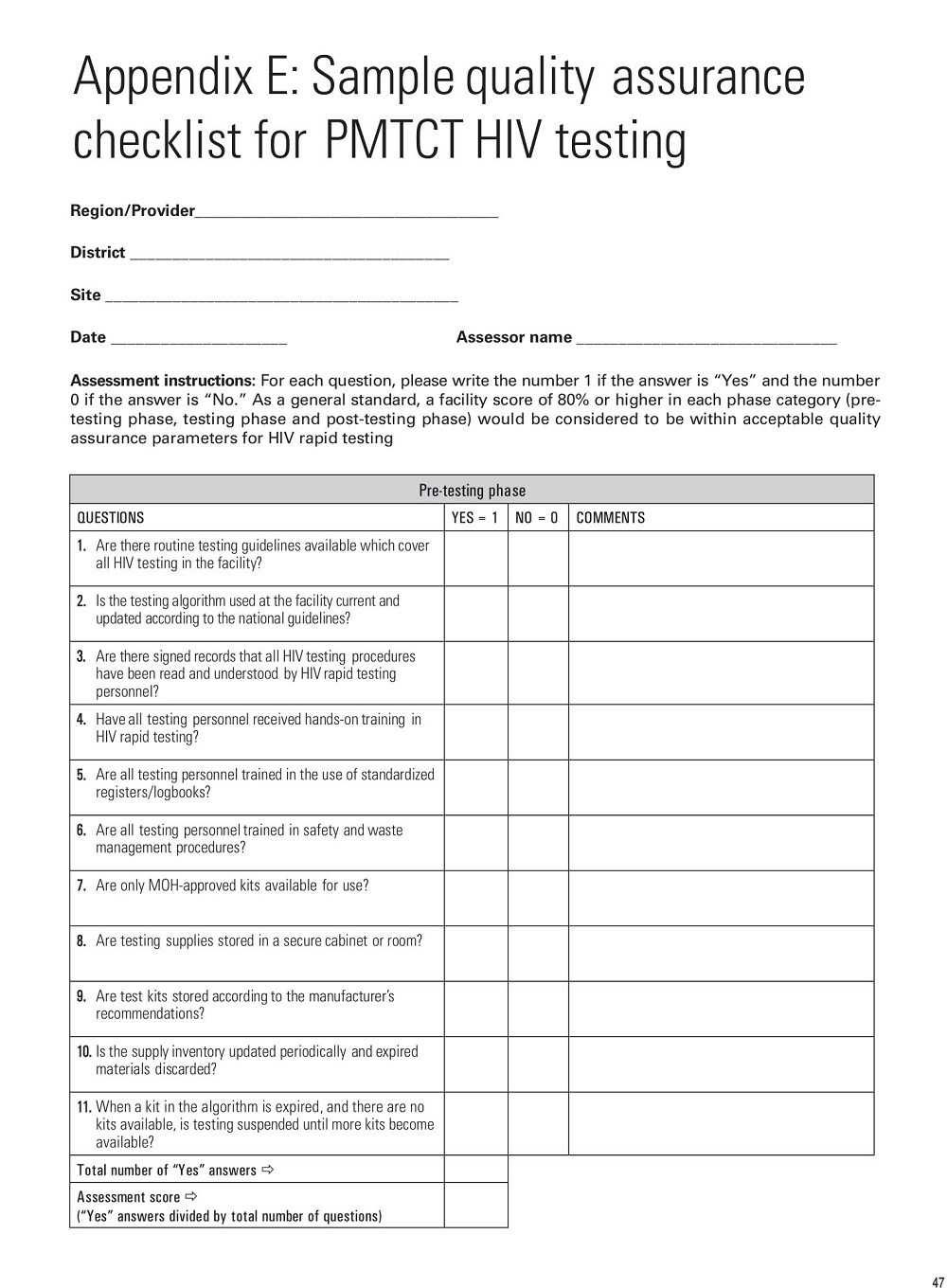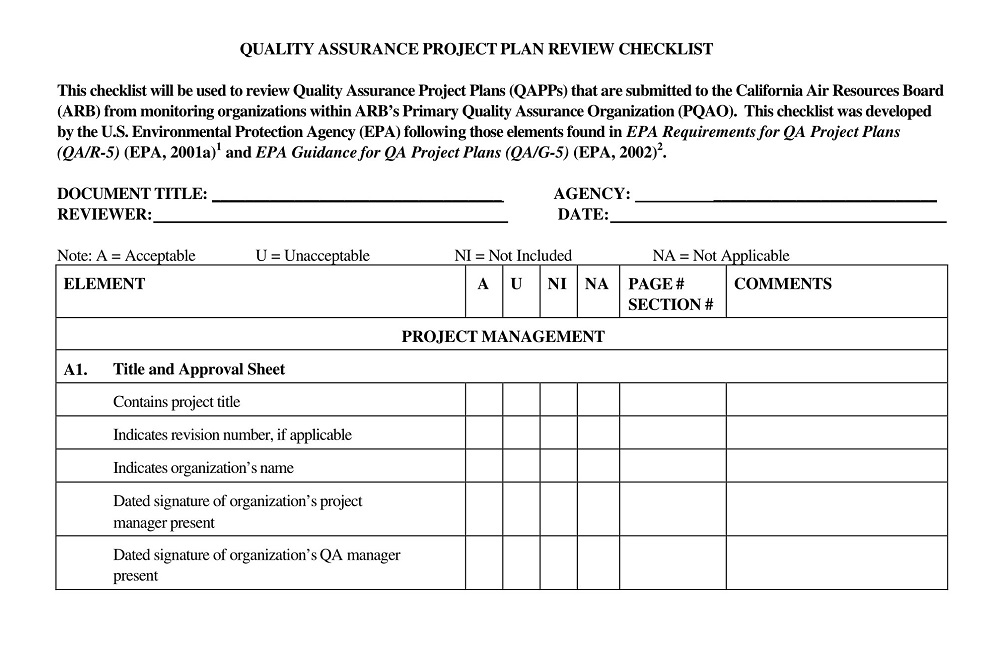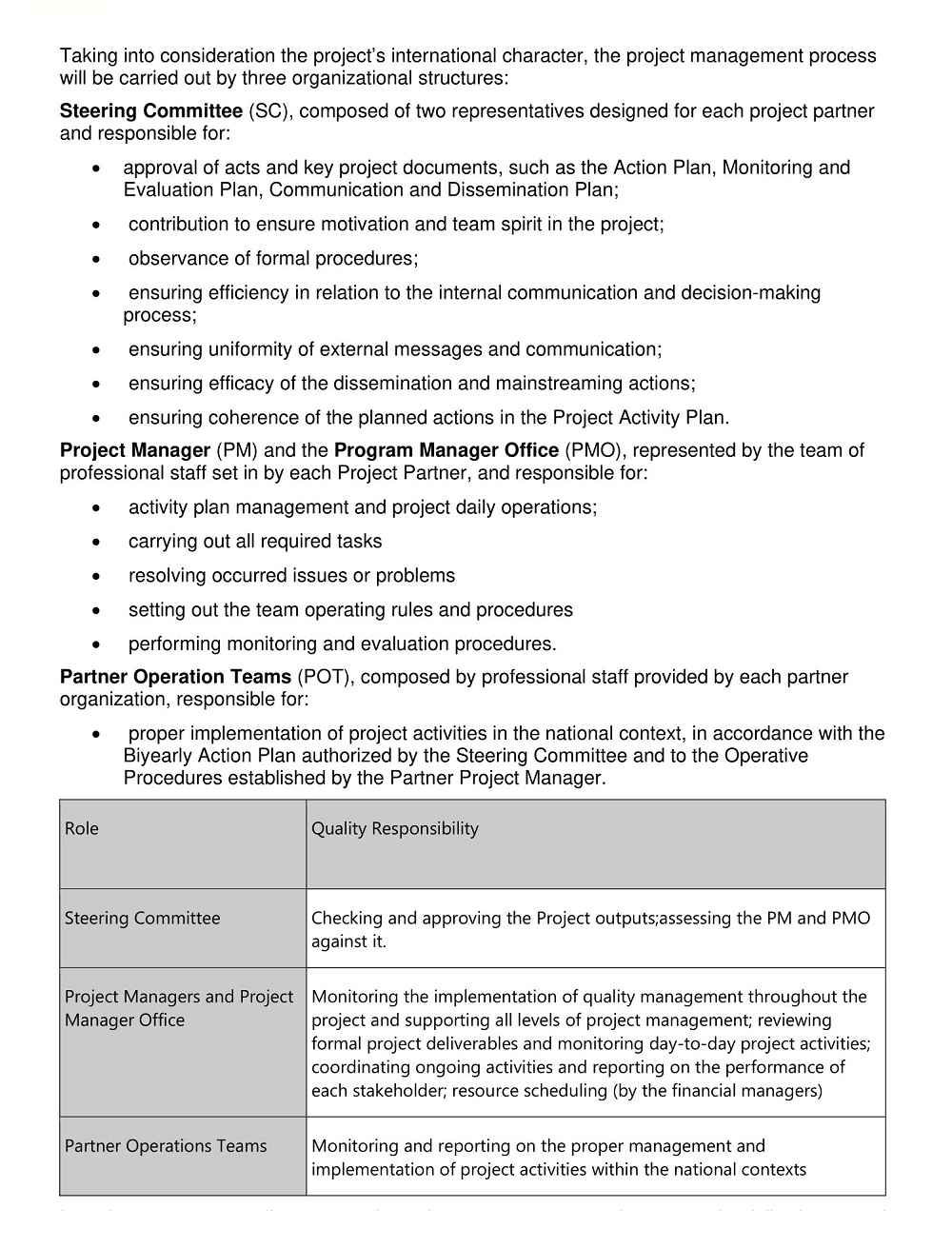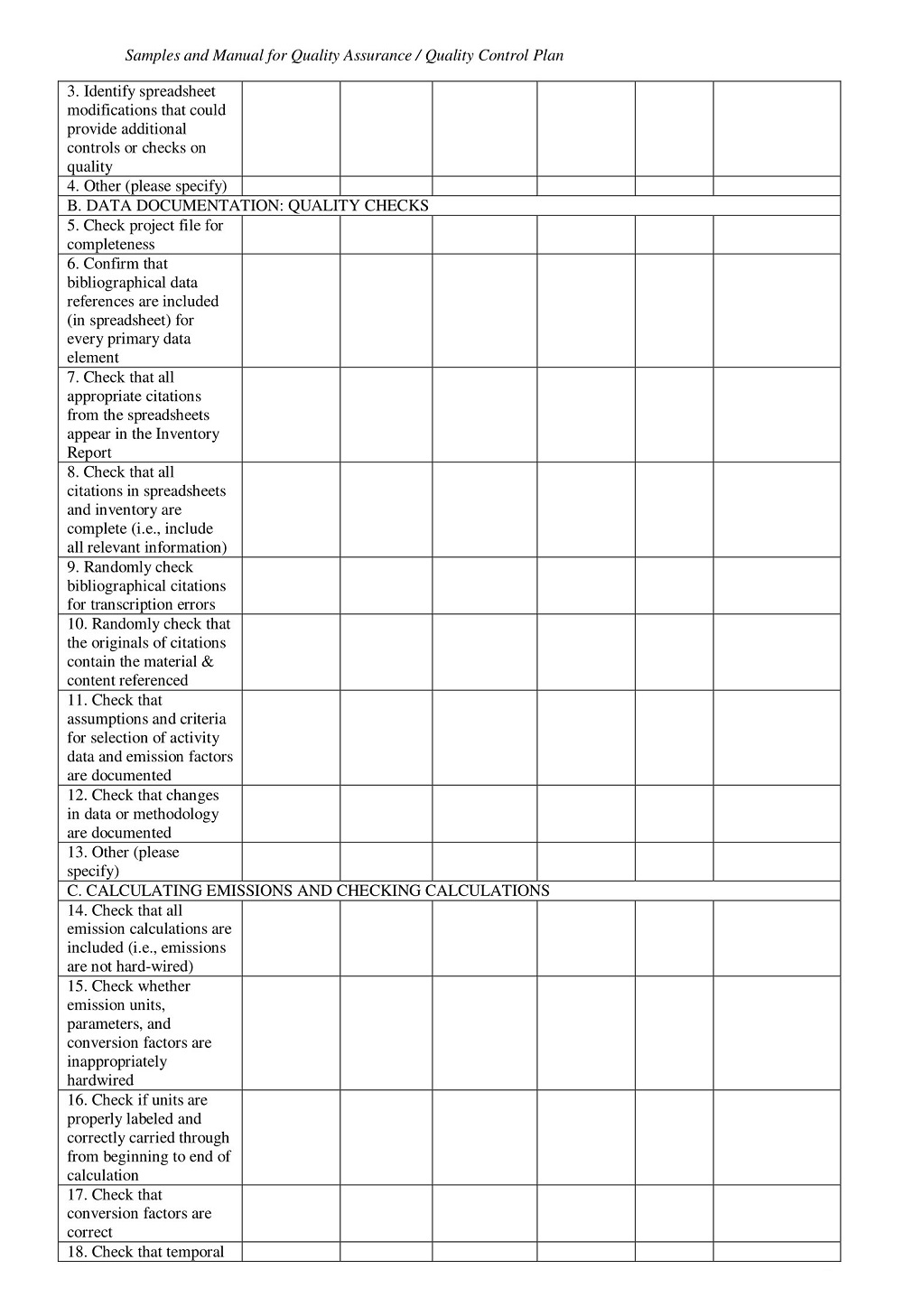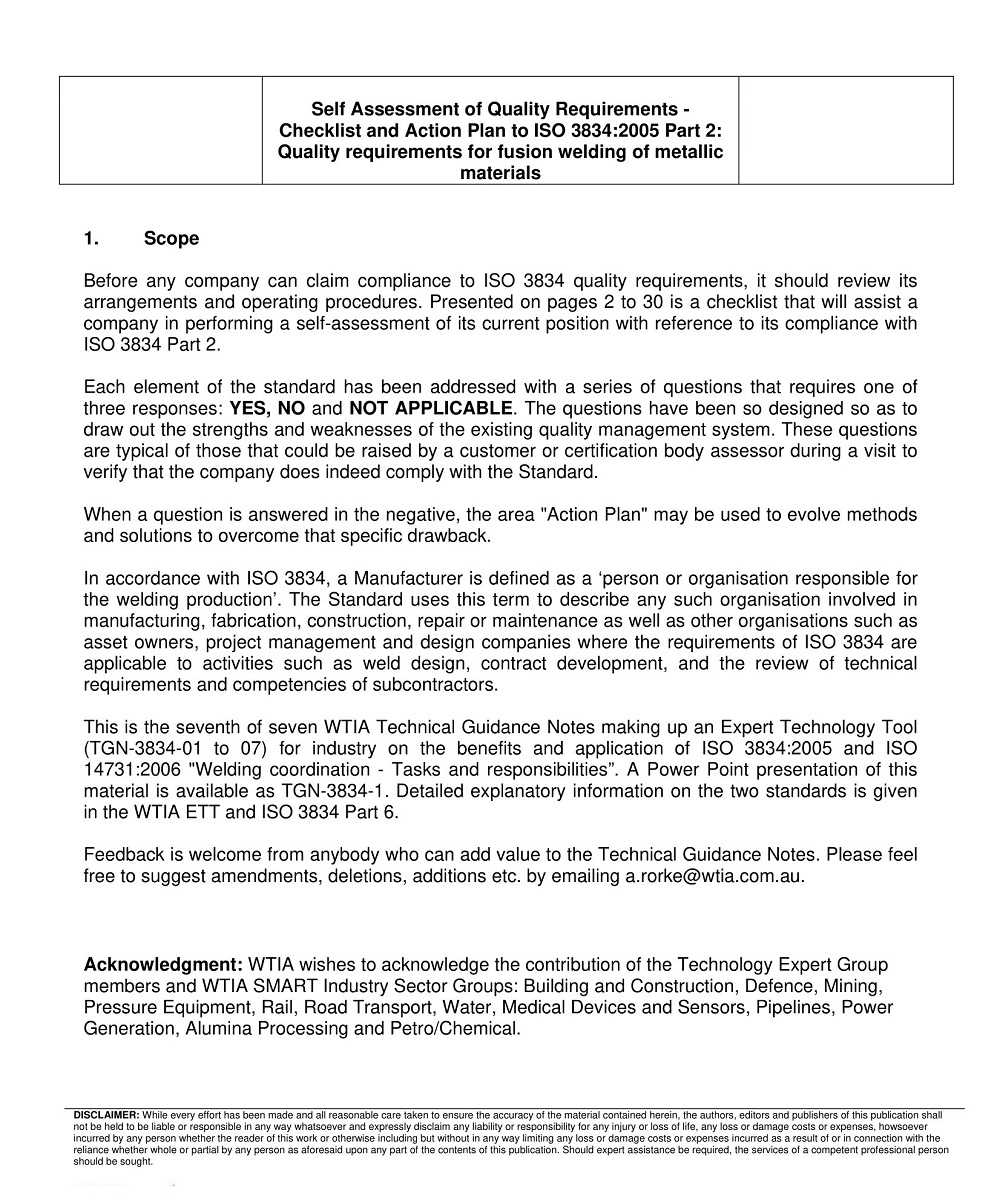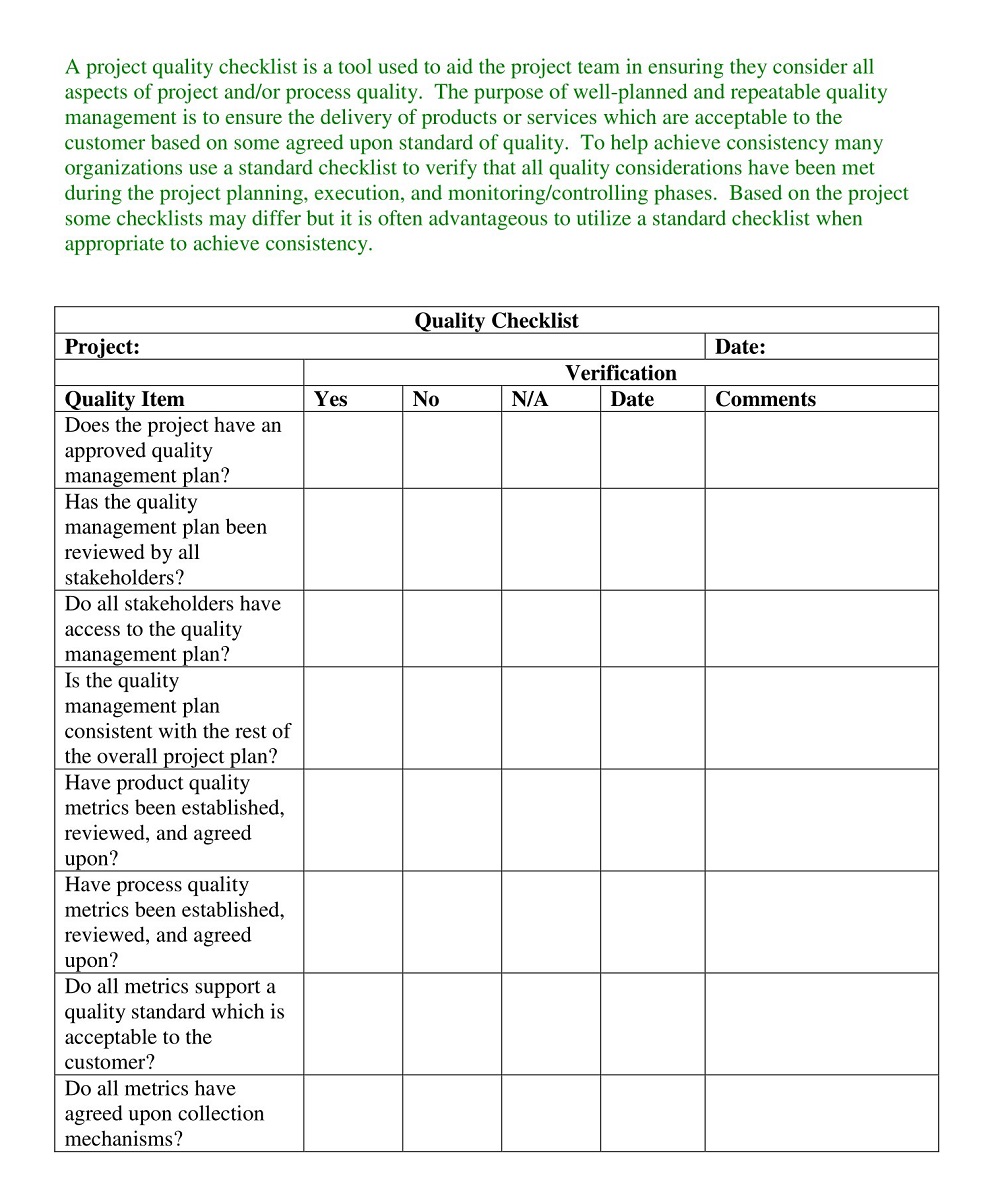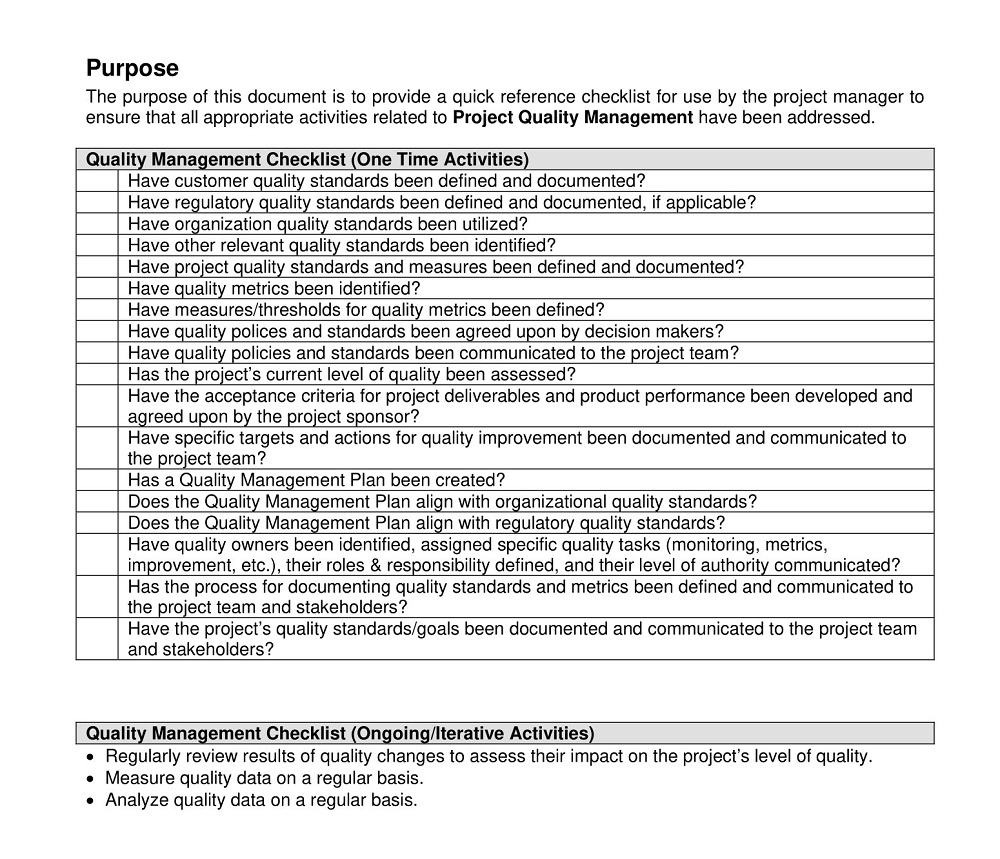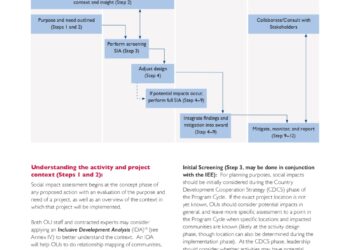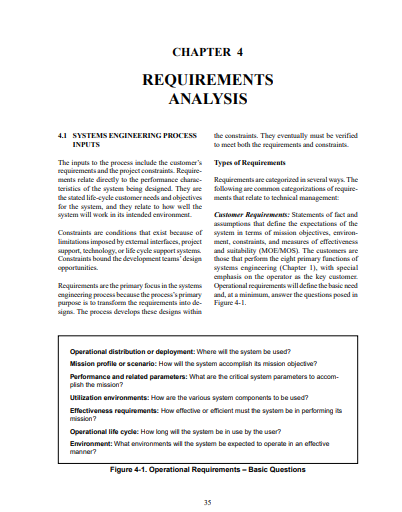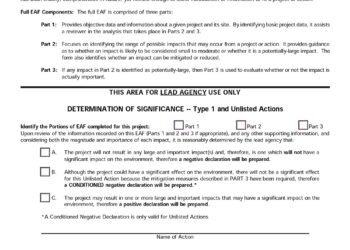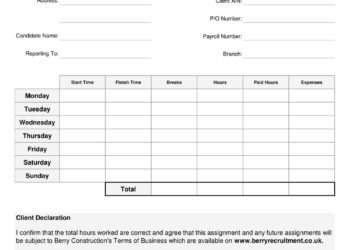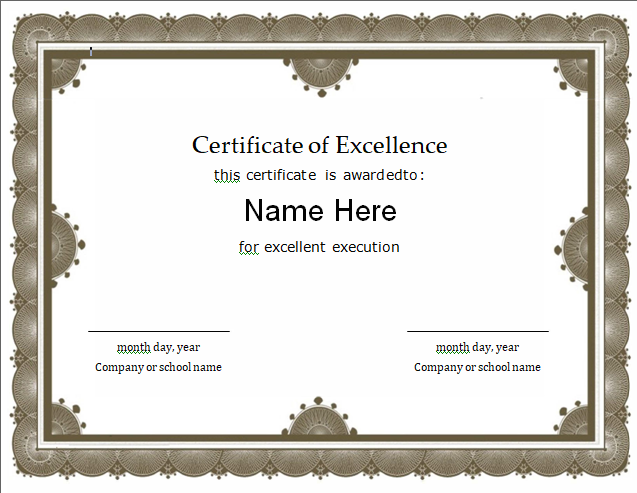A quality checklist template is an essential tool for ensuring that a project, process, or product meets specific quality standards. It is a straightforward document that outlines all the steps necessary to achieve excellence in a particular area. A checklist provides a structured approach to managing quality and helps to ensure that every critical step is accounted for.
It allows for the monitoring of progress and provides a clear reference point for achieving the desired outcome. With a quality checklist template at hand, you can effectively complete your projects or tasks to an exceptional standard. Whether you are in manufacturing or service delivery, using a quality checklist template ensures that your work is efficient and high-quality. In this article, you’ll find a collection of free Simple Quality Checklist Templates and samples in PDF, Word, and Excel format to help you make your product effective.
As you focus on delivering exceptional quality in every detail, explore our comprehensive Quality Checklist Templates. These meticulous guidelines seamlessly integrate with our specialized Auto Detail Checklist Templates, ensuring that your vehicle maintenance tasks are not only precise but also held to the highest standards. Together, they guarantee a superior automotive experience for every client.
Download Free Simple Quality Checklist Templates
Action Plan Quality Checklist Template
|
Basic Website Quality Assurance Checklist Template
|
CDC Quality Management Checklist Template
|
Checklist for Quality Assessment Template
|
Checklist for Quality Control of Registered Products Template
|
Data Quality Checklist Template
|
Formal Designer Quality Control Checklist Template
|
Monthly Quality Assurance Checklist Template
|
Personal Quality Checklist Template
|
Printable Quality Assurance Checklist Template
|
Project Management and Quality Plan Checklist Template
|
Project Planning and Scoping Checklist Template
|
Project Quality Checklist Template
|
Quality Assurance and Quality Control Checklist Template
|
Quality Assurance Checklist Template for PMTCT HIV Testing
|
Quality Assurance Project Plan Review Checklist Template
|
Quality Checklist Template for Evaluation Terms of Reference
|
Quality Checklist Template for Project Plan Template
|
Quality Control Plan Checklist Template
|
Quality Criteria Checklist for Primary Research
|
Quality Requirements Checklist Template
|
Sample Quality Checklist Template
|
Sample Quality Management Checklist Template
|
Vehicle Quality Inspection Checklist Template
|
What is a Quality Checklist?
A quality checklist is a tool that helps ensure consistency and accuracy in a specific task or process. It lists the necessary steps and criteria to be followed in order to achieve the desired outcome. Whether it’s in manufacturing, service industries, or day-to-day tasks, a quality checklist helps ensure that important tasks are not overlooked or rushed through. Checking off each item on a quality checklist provides a sense of accomplishment and confidence that the task was completed to the required standard. By using a quality checklist, businesses and individuals alike can save time and resources, reduce errors, and maintain a high level of quality in their work.
Benefits of Using Quality Checklists
Using quality checklists can be incredibly beneficial for individuals and businesses alike. Whether you are working on a project or completing a task, checklists help ensure that each step is completed accurately and thoroughly. By following a set list of criteria, you can reduce the risk of errors or oversights, ultimately saving time and money. Additionally, quality checklists can help ensure consistency across different projects or team members, which can enhance overall productivity and performance. Ultimately, investing in quality checklists can be an excellent way to improve your overall efficiency and success, so consider incorporating them into your daily routine.
Key Components of a Quality Checklist
In today’s fast-paced and competitive business landscape, it is becoming increasingly important to ensure that each product or service is of high quality and meets customer needs. One of the most effective ways to ensure quality is through the use of a checklist. By using a quality checklist, you can keep track of all tasks that need to be completed before delivery, and make sure that nothing slips through the cracks. Here are some of the key components of a quality checklist that you should consider.
Clear Objectives and Standards
The first component of any good quality checklist is a clear statement of objectives and standards to be met. This should be the basis of the checklist. It is important to have a clear understanding of what should be accomplished and how it will be accomplished. This involves the standards that need to be met. It is important that the standards are measurable, objective, and relevant to your business needs.
Detail-Oriented Tasks
The quality checklist should also include all tasks that must be done to achieve these objectives and meet the necessary standards. Additionally, each task must be broken down into clearly-defined steps that can be easily understood and followed. You should also include all necessary information for each task, such as what equipment is required, who is responsible, and deadlines.
Feedback and Data Collection
The quality checklist should include a feedback loop that enables you to collect data and evaluate performance over time. By doing so, you can identify any issues that need to be addressed and make changes to improve the quality of your product or service.
Team Collaboration and Communication
An effective quality checklist should also foster communication and collaboration between team members. Each individual must understand their own individual tasks, as well as the importance of their role in the overall team. It is also important to ensure that everyone is informed about changes or updates to the checklist.
Continuous Improvement
Finally, an effective quality checklist should continuously be reviewed and improved upon. This review process helps to keep the checklist up to date, identify any potential problems, and improve the teams’ performance and morale.
Understanding Quality Standards and Requirements
In today’s global economy, businesses are under increasing pressure to meet quality standards and requirements in order to compete successfully. Understanding these standards and requirements is crucial in maintaining a positive brand reputation, satisfying customers’ expectations, and avoiding costly legal issues. Quality management systems such as ISO 9001 provide comprehensive frameworks for meeting these requirements, while the Six Sigma methodology emphasizes the importance of continuous improvement and data-driven decision-making. It’s important for businesses to stay up-to-date with changes in quality standards and requirements, as well as implement processes to consistently monitor and improve quality across all areas of their operation. By doing so, they can ensure that their products or services meet or exceed the expectations of their customers while maintaining a competitive edge in the marketplace.
How to Create a Quality Checklist Template
When it comes to maintaining quality in any project or system, the importance of quality checklists cannot be overemphasized. Quality checklists are powerful tools used by professionals to ensure that set standards are followed, procedures are adhered to, and specific details are not missed. They serve as a framework for monitoring and evaluating performance and guiding a project or system to completion. If you are a professional looking to create a quality checklist template, this guide is for you.
- Identify the purpose of your checklist – Before creating a quality checklist, it’s essential to define its purpose. What is the checklist intended to achieve, and what are the specific procedures that it will be monitoring? Is it intended to identify potential risks, ensure quality control, or assess compliance? Identifying the purpose of the checklist is the first step in creating a comprehensive and customized template.
- Divide the checklist into sections – The next step is to divide the checklist into specific sections. This will help ensure that all relevant areas of the project or system are covered, and specific details are not missed. For instance, if you are creating a quality checklist for a construction project, you may divide it into sections such as excavation, masonry, plumbing, and electrical works, among others.
- Identify the specific items to be included on the checklist – Once you have divided the checklist into sections, the next step is to identify the specific items that should be included in each section. This step requires a keen understanding of the project or system and the specific procedures that should be followed. For instance, in the excavation section of a construction project, the checklist items may include excavation depth, slope stability, and soil conditions, among others.
- Set standards for evaluating performance – After identifying the specific items to be included in the checklist, the next step is to set clear standards for evaluating performance. These standards should define the specific criteria that will be used to assess performance. For instance, for a quality checklist for a manufacturing process, the standards may include factors such as defect rate, rejection rate, and cycle time, among others.
- Test and revise your checklist template – Once your quality checklist template is complete, it’s time to test it out. Run it through a few test scenarios to see how effective it is and identify areas that need improvement. Be open to feedback from other professionals in your field. The more feedback you get, the better you can refine your checklist template to ensure that it is comprehensive and reflects the specific needs of your project or system.
Reference Link


